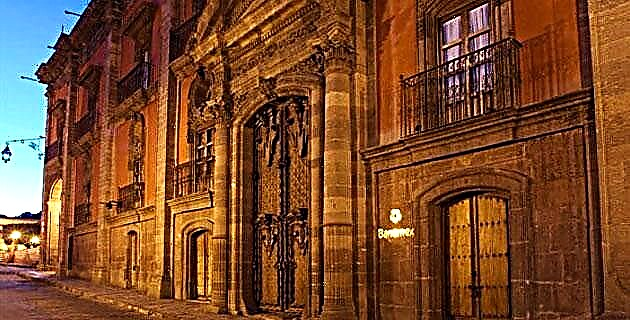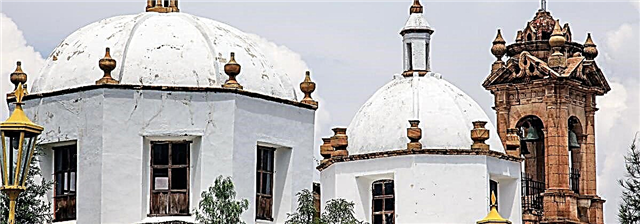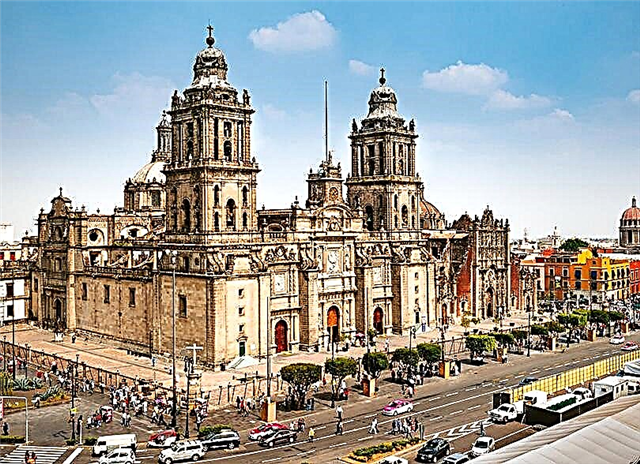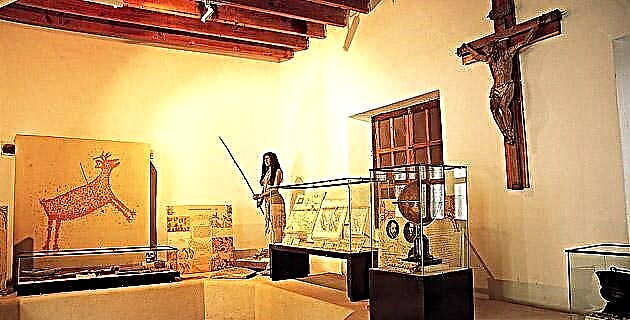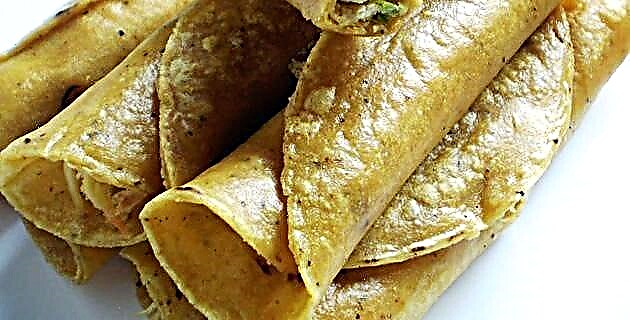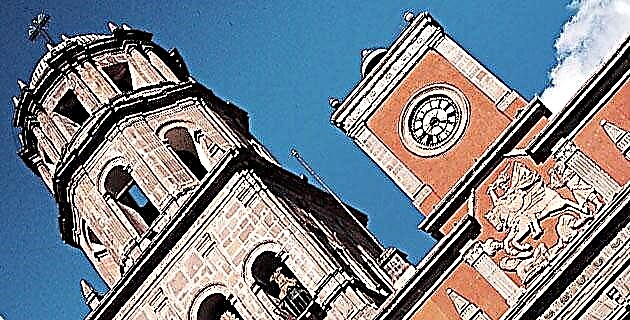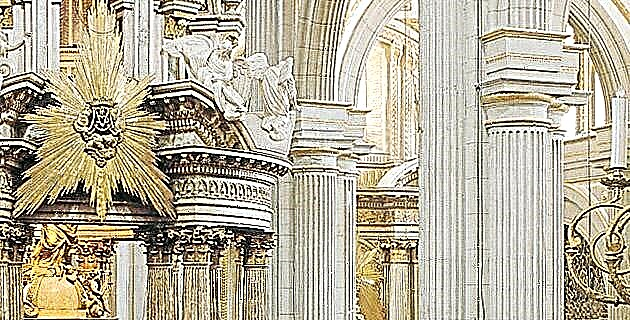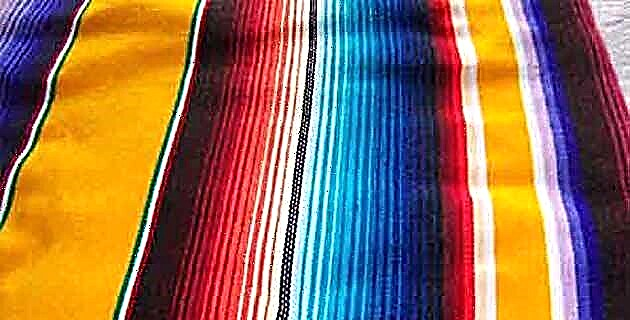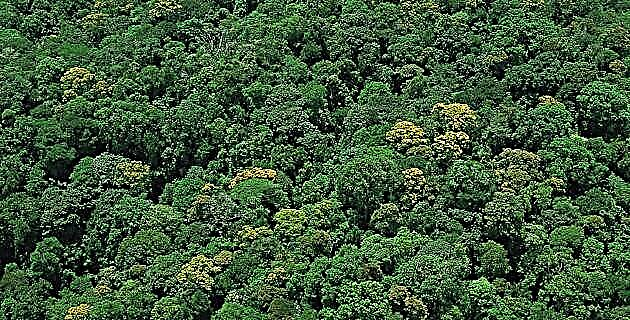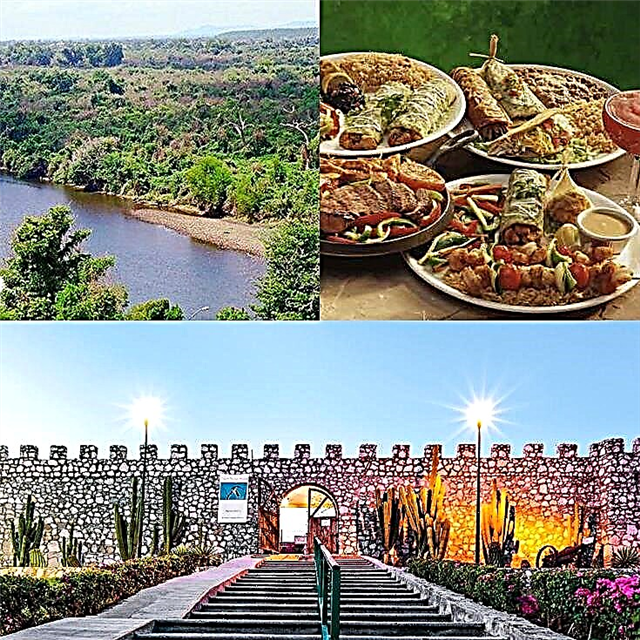He Magic Town Sinaloa from El Fuerte awaits you with its rich prehistory and history and with its cultural and natural attractions. Enjoy El Fuerte to the full by following this complete guide.
1. Where is El Fuerte?
El Fuerte is a municipal seat and municipality located in the north of the state of Sinaloa. The small city, the fourth most populated in the state, is located within the wide ecotourism circuit that encompasses the Sea of Cortez and the Copper Canyon and was included in 2009 in the Magic Towns system to enhance the use of its historical and ethnic heritage , architectural and natural.
2. How do I get to El Fuerte?
The closest major city to El Fuerte is Los Mochis, which is 85 km away. by state highway 23. The stretch between Culiacán, the state capital, and the Magic Town is 290 km. traveling first by federal highway 15 or by toll highway 15D to Los Mochis and then by state highway 23. From Mexico City, the road is more than 1,500 km. so the most comfortable plan is to fly to Los Mochis and then continue by land.
3. How is the climate of El Fuerte?
Located at an altitude of only 82 meters above sea level, the average temperature in El Fuerte ranges from 18 ° C in the coolest months (December, January and February) to 31 ° C in the hottest period, which runs from June to September. . It does not rain much, only 580 mm a year, which falls mostly in July and August, and a little less in September; during the remaining months the rains are very scarce.
4. What is the history of El Fuerte?
The area where the city of El Fuerte sits has been the ancestral home of the Mayo people. As for the now-defunct fortification that gave the town its name, it was built in 1610 by New Spanish settlers to defend themselves from the constant attacks of the Tehuecos Indians, receiving the name of Fuerte del Marqués de Montesclaros. After Independence, El Fuerte was the first capital of the old Western State.
5. What are the attractions to know in El Fuerte?
The heritage of El Fuerte is made up of its indigenous communities with well-defined customs in ceremonial matters, its past of confrontations between Spaniards, mestizos and indigenous people, its architectural heritage of several centuries and other tourist attractions, such as its rock art. This cultural heritage is expressed through the Plaza de Armas, the parish temple, the Municipal Palace and the museum located where the original fortification was; the Mayan ceremonial centers and all their traditions.
6. What's in the Plaza de Armas?
Under the shade of the huge palm trees of the Plaza de Armas, the people of Fuerteventura sit on their benches to talk about the past of the town, while they kindly greet the tourists who come to photograph the picturesque wrought iron kiosk made in Mazatlán and its fountains. quarry. Surrounding the Plaza de Armas are the most emblematic buildings of the town, such as the Municipal Palace, the Temple of the Sacred Heart of Jesus and several large houses.
7. What is the Temple of the Sacred Heart of Jesus like?
The first temple of El Fuerte was a humble adobe church that was located on the Cerro de Montesclaros. The first historical mention of the parochial temple of the Sacred Heart of Jesus dates from 1760 in a pastoral visit report presented by Bishop Don Pedro Tamarón y Romeral. In the building, which according to tradition was completed in 1854, we can distinguish the spire tower and the bells, which were manufactured in the middle of the 20th century with the same metal as those installed in the 19th century.
8. What is the most interesting thing about the Municipal Palace?
This imposing red brick building, built during the Porfiriato era in a neoclassical style, makes extensive use of the architectural resource of arcades. It has a large interior patio surrounded by two levels of arches on the two floors of the building, with a beautiful fountain as a central element. On the main façade, its semicircular arches, the large windows and the balcony with a continuous railing stand out. Inside there is a mural that tells the history of the town.
9. What is the attraction of the House of Culture?
The House of Culture of El Fuerte works in a mansion from the mid-nineteenth century that was built on one side of the Plaza de Armas by Don Manuel Vega. Since the beginning of the 20th century it was the municipal jail and in the 1980s it was refurbished and designated as the House of Culture. It hosts exhibitions, workshops, seminars and other cultural events and houses the Historical Archive and a public library. Literary and musical competitions are also held with the large participation of young people from Fuerteventura.
10. What can I see in the Mirador del Fuerte Museum?
This museum shows the indigenous and mestizo history of El Fuerte and its building was erected in the same place where the 17th century fortification that gives its name to the city stood, of which a replica is exhibited. Indigenous crafts are displayed, a hearse that according to legend carries a ghost, photos and other objects. A historical person referred to in the museum is the indigenous revolutionary Felipe Bachomo, called "The Last Rebel May" born on the banks of the Fuerte River and shot in 1916 in Los Mochis.
11. What are the main features of the May culture?
El Fuere and its surroundings are intensely impregnated by the culture of the Mayos or Yoremes, the indigenous people who inhabit the Sinaloan region located between the Mayo and Fuerte rivers. The Mayan communities preserve their traditional government institutions, their ceremonial centers, of which there are 7 in the El Fuerte area, their traditional dances, such as the deer, the pascola and the matachines; and its culinary traditions, led by the guacavaqui.
12. What are the ceremonial centers?
The 7 ceremonial localities of the Mayans near El Fuerte are Tehueco, Mochicahui, Teputcahui, Jahuara, Capomos, Sivirijoa and Charay. In these ceremonial centers there is a syncretism of indigenous religious customs with Christian ones. For example, in Tehueco, the ceremonial center, the old Jesuit mission, the church of Dolores and the Community Museum coexist in full harmony. The museum displays Yoreme Holy Week ceremonial objects, including clothing, musical instruments and masks.
13. How is the gastronomy of El Fuerte?
Fish and shellfish constitute one of the pillars of the Fuertense cuisine, as well as the different dishes of the culinary art of Sinaloa, such as machacas, chilorios, colachis, picadillos and caldillos. In El Fuerte you eat abundant bass, shaken, in pork rinds and in other recipes. The indigenous communities of the Mays have different culinary customs from those of the mestizos, although their guacavaqui, a succulent broth made from various cuts of beef with corn and other vegetables, is liked by everyone.
14. Where are the rock art samples found?
The Río Fuerte basin is rich in prehistoric artistic manifestations that have been little studied by specialists, in part because some sites are difficult to access. In the Cerro de La Máscara, an elevation located on one of the river banks, 5 km. from El Fuerte, there are about 300 petroglyphs carved into the rock. These millennial engravings are estimated to be between 800 and 2,500 years old and are supposed to have been made by Aztec and Toltec groups. Among the petroglyphs, the Goddess of Fertility, El Jefe and La Flor stand out.
15. What is the local crafts like?
Among the genuine crafts of El Fuerte, the clothes and clothing that the Mayan indigenous people wear in their ceremonies and religious festivities stand out, such as hats, tenabaris, masks, ayales, coyolis deer heads and jiruquias. Other beautiful Yoromi works are her blankets and woolen zarapes. Likewise, the artisans of El Fuerte excel in wood carvings, pottery and natural fiber weaving.
16. Can I have any outdoor recreation at El Fuerte?
Near the city, the Río Fuerte forms two dams, the Miguel Hidalgo (El Mahone) and the Josefa Ortiz de Domínguez (El Sabino). Both bodies of water are frequented for boating, sport fishing and excursions in their surroundings. La Galera is a recreational site on the banks of the river, which has a suspension bridge to cross the stream, leafy trees to spend a pleasant time in the shade and restaurant service.
17. Where can I stay at El Fuerte?
Some of the most welcoming hotels in El Fuerte are large mansions converted into lodgings. Posada del Hidalgo is a beautiful colonial complex formed by the union of three large houses, located on Calle Miguel Hidalgo y Costilla 101. They claim that El Zorro was born there and present an allusive show. The Hotel El Fuerte, on Calle Montes Claros 37, is another cozy colonial house full of artistic details. The Torres del Fuerte Hotel, located at Calle Rodolfo G. Robles 102, is praised for its architecture, interior design and for the food in its restaurant. Additional options are the Hotel La Choza, the Hotel San José and the Hotel Hacienda Palma Sola.
18. What are the best options to eat in town?
The Mesón del General operates in a mansion from the mid-19th century and offers regional cuisine, receiving rave reviews for the bass tripe, prawns and shrimp meatballs. Bonifacios is the restaurant of the Hotel Torres del Fuerte and specializes in fusion cuisine inspired by traditional Mexican flavors. Diligencias Restaurante is recommended for its prawns, its fish fillets with garlic sauce and its sea bass ceviches. In Italian food there is La Bruschetta.
We hope that your next trip to El Fuerte will be a success and that this guide will be of great help to you. See you soon.


